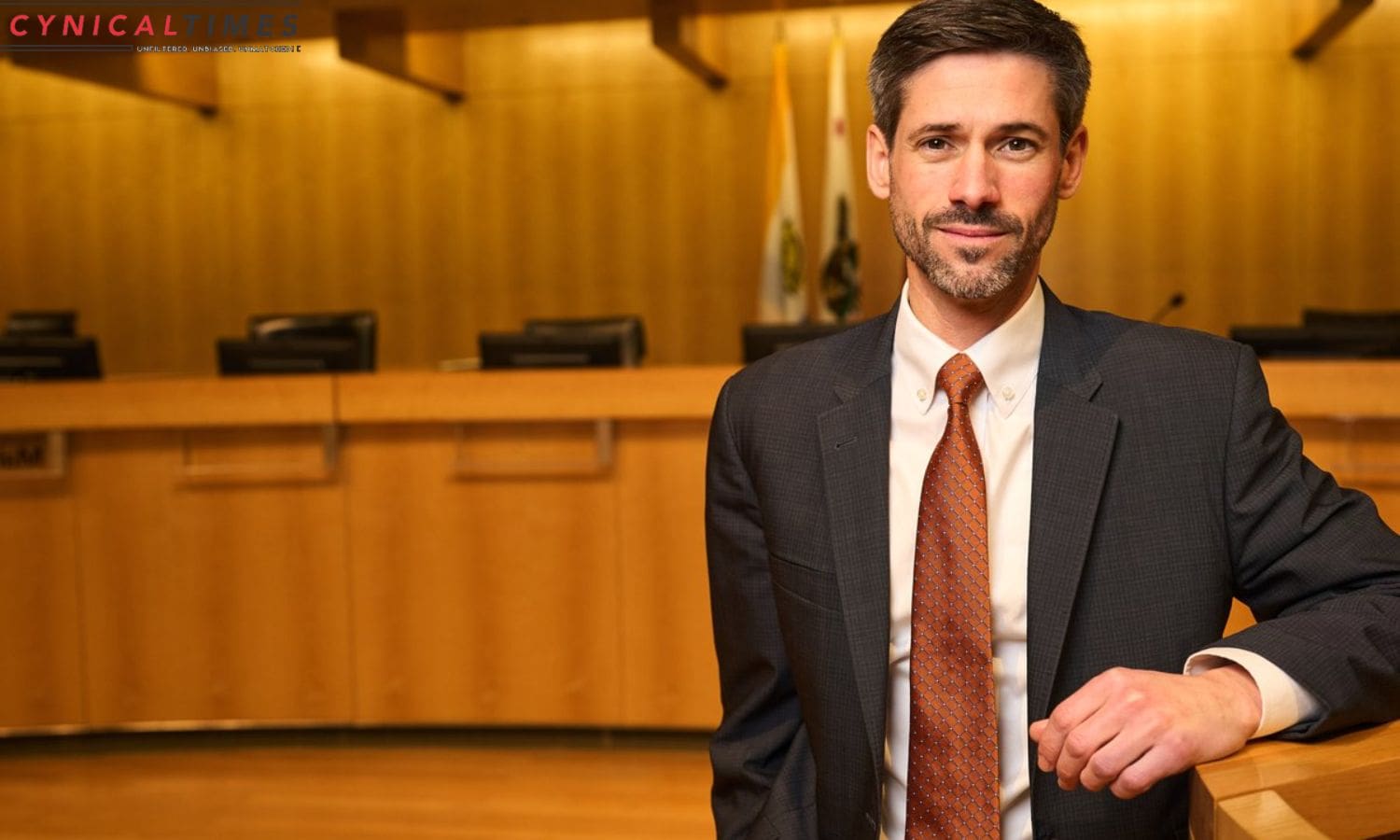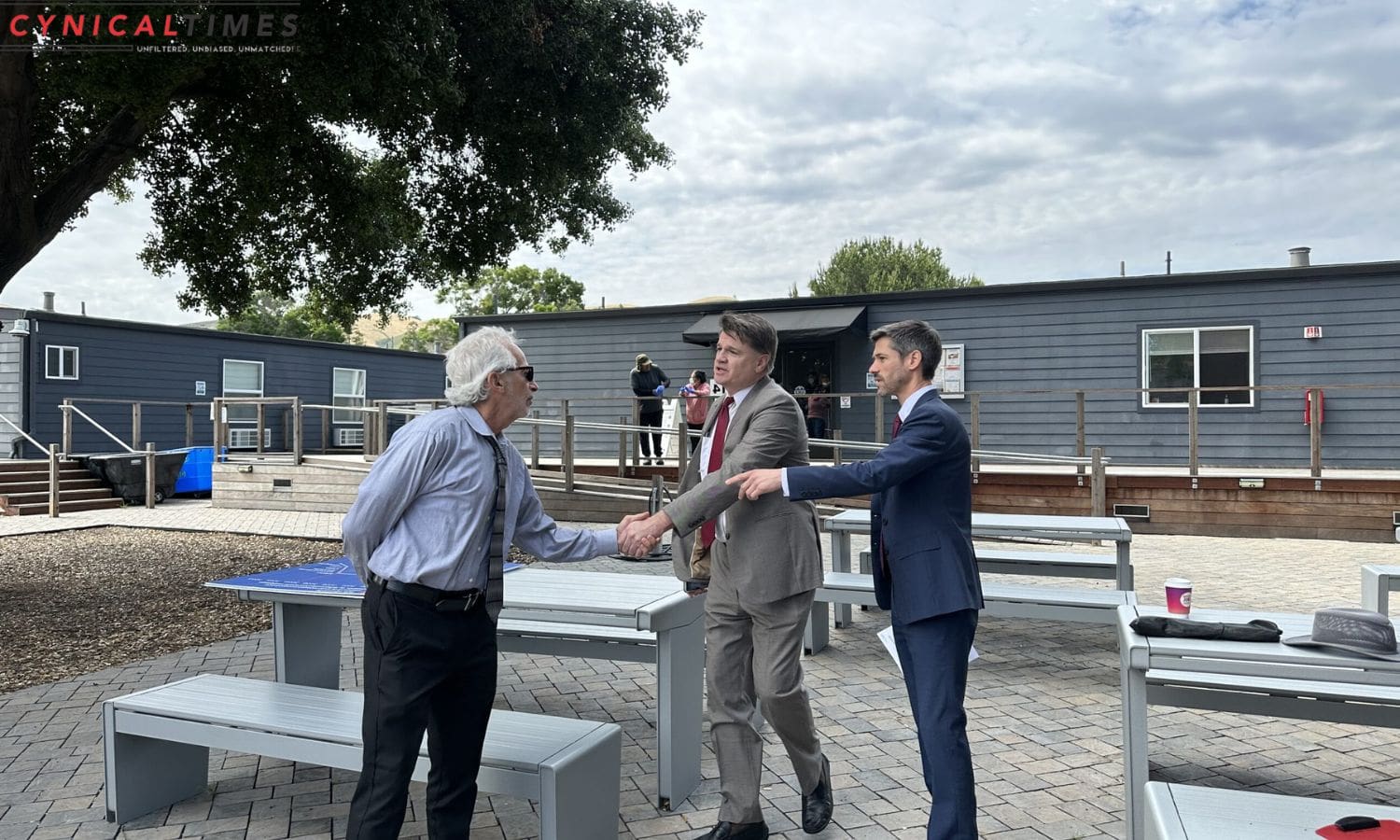San Jose Council Dilemma: In San Jose, the city council is faced with a challenging dilemma regarding the allocation of funds between homeless housing costs and other city priorities.
As the city invests in solutions to address homelessness, concerns have arisen over the escalating operating costs associated with these initiatives. With budget deficits and fiscal challenges at stake, the council is engaged in discussions to strike a balance between fiscal sustainability and the pressing need to address homelessness in the community.
Key Takeaways Of San Jose Council Dilemma
- San Jose City Council has invested $30 million in expanding Rue Ferrari, a temporary housing site for the homeless, as part of their efforts to provide adequate housing options.
- Operating costs associated with the expansion and other homeless housing sites are escalating, with projections indicating an increase from $3.7 million to $5.2 million annually.
- The city is facing significant budget deficits and fiscal challenges, with a projected $18.8 million shortfall in the fiscal year 2024-25.
- The council must balance the need for affordable housing for the homeless population with limited resources and the maintenance of essential city services.


Also Read: Santa Clara County Election Crossroads: An Inside Look at the Board of Supervisors Race
San Jose’s Investment in Homelessness Solutions: Rue Ferrari Expansion
San Jose City Council’s investment in addressing homelessness includes the expansion of Rue Ferrari, doubling its capacity as a temporary housing site for the homeless in South San Jose. With the approval of a $30 million expansion, the city aims to tackle the pressing issue of homelessness in the area.
Rue Ferrari, being the oldest temporary housing site, will now be able to accommodate more individuals in need of shelter. This expansion is part of a larger effort by the city council to provide adequate housing options for the homeless population.
Concerns Arise Over Escalating Operating Costs
As operating costs associated with the Rue Ferrari expansion and other homeless housing sites continue to escalate, concerns have emerged regarding the financial burden it poses on the city of San Jose. Projections indicate that these costs will surge from $3.7 million to $5.2 million annually. Furthermore, it is anticipated that the annual operating costs will reach $70 million by 2028-29. This substantial increase in expenses has raised questions about the sustainability of the city’s efforts to address homelessness. To better understand the impact of these escalating costs, a table has been provided below:
| Site Name | Current Annual Operating Cost | Projected Annual Operating Cost |
|---|---|---|
| Rue Ferrari | $3.7 million | $5.2 million |
| Other sites | – | – |
| Total | – | $70 million |
These figures illustrate the significant financial burden that San Jose will face as it continues to invest in homeless housing solutions. Balancing the costs with other city priorities will be a challenging dilemma for the San Jose Council.


Budget Deficits and Fiscal Challenges
The city of San Jose faces significant budget deficits and fiscal challenges, particularly in light of the escalating operating costs associated with homeless housing solutions.
Despite a current surplus, the city anticipates budget deficits in the next five years, with a projected $18.8 million shortfall in the fiscal year 2024-25. This shortfall raises concerns about potential trade-offs in other areas due to increased costs.
The city council is now grappling with the difficult decision of allocating limited resources between addressing homelessness and maintaining essential city services. Balancing the need to provide housing solutions for the homeless population with the financial constraints is a complex issue that requires careful consideration.
The council must carefully analyze the budget and explore strategies to address the fiscal challenges while still prioritizing the well-being of its residents.
City Council Concerns and Discussions
City council members in San Jose are expressing their concerns and engaging in discussions regarding the allocation of resources between homeless housing costs and other city priorities. During the December meeting, council members acknowledged the city’s fiscal surplus but also raised concerns about its long-term sustainability. They explored ways to cut costs, including seeking new bids for interim housing operators. The council’s dilemma lies in balancing the need for affordable housing for the homeless population with other pressing city priorities, such as infrastructure development and public safety. To emphasize this point, a table can be used to highlight the allocation of resources between homeless housing costs and other city priorities:
| Homeless Housing Costs | Other City Priorities | |
|---|---|---|
| Allocation of Funds | $X million | $Y million |
| Percentage of Budget | Z% | W% |
Through these discussions, the council aims to find a sustainable solution that addresses the urgent needs of the homeless population while ensuring the overall well-being and progress of the city.
Balancing Fiscal Sustainability with Addressing Homelessness
San Jose Council faces the challenge of striking a balance between fiscal sustainability and addressing homelessness. The city has made significant efforts to combat homelessness by allocating millions of dollars annually to homeless service providers for case management and job assistance. These supportive services have contributed to a 4.7% reduction in homelessness last year.
However, the cost of providing housing for the homeless remains a significant concern for the council. While there is a clear commitment to addressing homelessness, the council must also consider the financial implications and ensure that the city’s priorities are not compromised.
Finding a solution that allows for both fiscal sustainability and effective homelessness intervention will require careful planning and collaboration between the council, service providers, and the community at large.


Conclusion Of San Jose Council Dilemma
The San Jose City Council faces a challenging dilemma as it grapples with the escalating costs of expanding homelessness solutions. Concerns have been raised regarding the strain these operating expenses will place on the city’s budget deficits and fiscal challenges.
As the council engages in discussions to address these concerns, it must carefully balance the need for fiscal sustainability with the pressing issue of homelessness in the city.
Our Reader’s Queries
What political party is Matt Mahan?
The current councilmembers and their respective districts are as follows: District 1 is represented by Vice Mayor Rosemary Kamei, who was first elected in 2022. District 2 is represented by Sergio Jimenez, who has been in office since 2016. Omar Torres represents District 3 and was elected in 2022. David Cohen has been serving District 4 since 2020. There are seven more councilmembers in total.
Who represents San Jose in City Council?
The San Jose City Council serves as the voice of the community and has the authority to create citywide policies, pass laws and ordinances, and approve budgets in accordance with the City Charter. As the legislative body, they are responsible for representing the interests of the people and ensuring that the city operates smoothly and efficiently.
What does San Jose City Council do?
Arjun Batra holds the esteemed position of councilmember for District 10 on the San José City Council. As a dedicated public servant, he works tirelessly to represent the interests of his constituents and ensure their voices are heard. With his extensive knowledge and experience, Arjun is a valuable asset to the council and the community as a whole. His commitment to improving the lives of those he serves is truly admirable.

